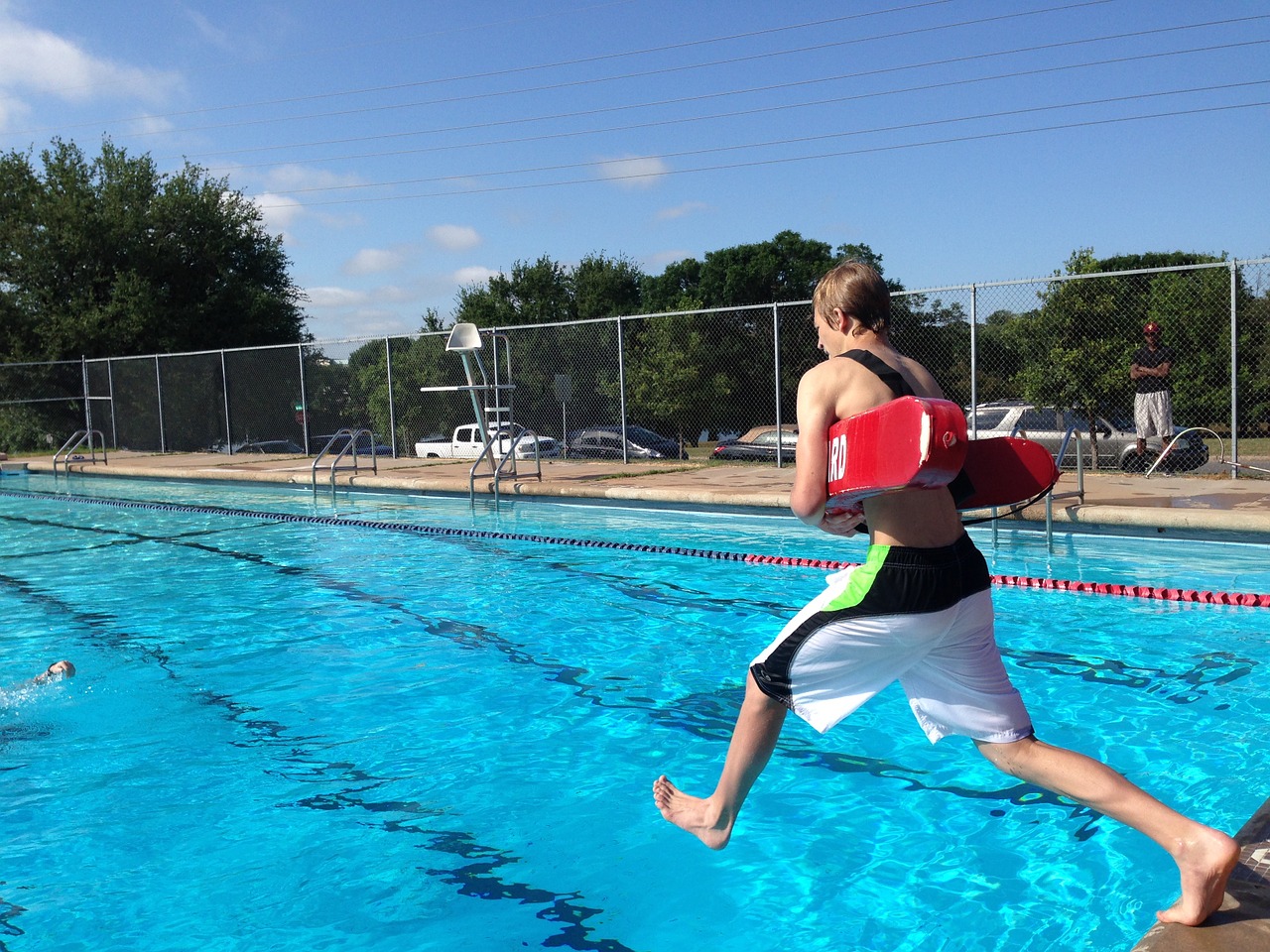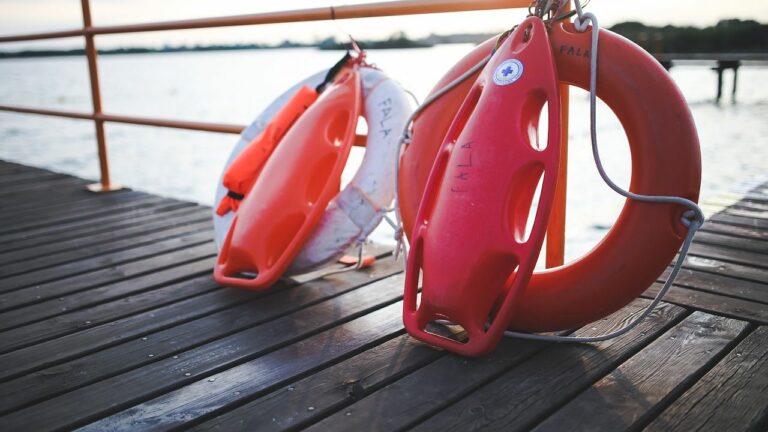What are Lifeguard Audit Forms?
Lifeguard audit forms are a comprehensive tool used by pool supervisors to evaluate the performance of lifeguards on duty. It helps them identify whether standard aquatic safety procedures are executed and followed consistently.
They are designed to do the following:
- Assess if lifeguards comply with hygienic standards
- Observe the lifeguard’s behavior while on duty
- Evaluate if the lifeguard follows standard procedures
- Affix images of hazards and non-compliance
- Record recommendations
- Validate the lifeguard safety audits by signing the form
In addition to lifeguard audits, pool operators and pool managers must also carry out regular pool maintenance and document this. Digital pool logs are suitable for this purpose and must be kept for 1 to 3 years. The same should happen with lifeguard audit forms.

What are the components of lifeguard audits?
Lifeguard audits are made of three components: compliance, hygiene, and behavior.
- Compliance
Lifeguard safety audits and certification training are essential to ensure the lifeguard remains competent. It also ensures that he has continuous learning. They also aid lifeguards in performing their duties responsibly and effectively. They must know proper life-saving procedures and can apply first aid effectively. - Hygiene
Lifeguards should always observe proper hygiene standards. Wearing the proper uniform is necessary to determine which lifeguard is assigned in a specific area. Also, keeping fit is necessary to respond if an emergency happens immediately. - Behavior
The lifeguard’s primary responsibility is to watch over the people within the facility. They must be able to identify any irregular or anomalous activity and respond to it immediately.
Which Types of Lifeguard Audits Exist?
A lifeguard audit is necessary to ensure safety and lessen risk potentials in the swimming area. It also reinforces safety awareness among the employees and educates them in the appropriate industry-standard and safety practices.
1. SEE Audits
SEE is the acronym for Supervision, Evaluation, and Enhancement. This type of audit is done on lifeguarding and instructing operations at waterfronts and supervised swimming pools. Teams and each person in the team are audited.
2. Topical Audits
These are more focused and consist of various elements of the comprehensive audit. Each piece of equipment and area of the facility is checked to identify any safety risks and hazards. Some of the things that are audited include:
- Diving board equipment evaluation
- Facility signage and safety rules assessment
- Lifeguard positioning, blind spots, and positioning review
3. Comprehensive Audits
These types of audits do not only focus on lifeguards but the whole facility as a whole. The staff and each aspect of the operations are evaluated. Other things that are inspected include:
- Lifeguard supervision
- Emergency procedures
- Operational policies
- Documentation of policies and procedures
- Aquatic safety program
- Compliance with regulatled standards and safety regulations
4 Simple Water Safety Tips for Everyone
Water safety is not just the lifeguard’s responsibility. Accidents and injuries in the water can be avoided by following these simple steps:
- Don’t swim alone
Lifeguards do not just watch over people. They also observe the water and advise swimmers on safety concerns and questionable conditions. They have been trained to respond fast to emergencies.If there is no lifeguard within the area, it is advisable not to swim alone. Always practice the buddy system when swimming. Parents should instruct their children and friends to look out for each other.
- Don’t leave children alone in the water
Parents also want to relax. However, if your children are already in the water, you need to be vigilant. Parents are highly advised to be within the arm’s reach of their children at all times. - Always wear a life vest
Children are not the only ones who should wear a life vest but inexperienced swimmers as well. However, the life vest should be certified by the Coast Guard. That’s because there are a lot of products that claim to keep children afloat. However, they are not enough when responding to an emergency. Moreover, wearing floatation devices is not an excuse not to wear life vests. - Don’t try saving someone from drowning
Unless you have the proper training and certification, do not dive in to help a drowning person. Call a lifeguard instead because they are trained and know the proper procedures in doing so.

Benefits of a Mobile App for Inspections and Audits
Maintaining safety for swimmers at pools and beaches is a vital task that cannot be ignored. Regular audits of lifeguards, even in their daily work, help responsible persons to avoid negligence in lifeguarding and water protection.
The information you gather during audits provides valuable insight from which you can determine overall improvement needs. With Lumiform, a mobile app for inspections and audits, you’ll save yourself the hassle of missed inspections and checks, lost paperwork, and poor communication.
- Schedule your lifeguard audits anytime, anywhere and use the reminder feature to never miss one again.
- Capture all information regardless of location with a smartphone or tablet using the powerful app – online or offline.
- Take as many evidence photos of hazards as you need and add them to your checklist.
- Assign corrective actions to the right person during the audit and track their completion via the dashboard.
- Create a report automatically for each lifeguard audit.
- Review frequently failed actions in Lumiform’s analytics dashboard.
- Store your data securely in the cloud and comply with documentation requirements that way.


